Disclosure: This article contains affiliate links. We may earn a commission from purchases at no extra cost to you, which helps our travel content.
After decades behind the wheel of buses in two continents, I've developed a keen eye for terrain. Mountains, though, that's where my heart truly soars – far from the scheduled routes and traffic lights. Bogota, Colombia's sprawling capital, might seem like just another concrete jungle from down below, but lift your gaze and you'll spot the eastern mountains calling like old friends. Last spring, I spent a week exploring these peaks on a surprisingly modest budget, and let me tell you – these trails offer everything from gentle slopes for Sunday strollers to proper challenging ascents that'll have your calves screaming for mercy. Whether you're a seasoned hiker or just looking to escape the city's hustle, Bogota's mountains deliver views and experiences that rival many of the world's more famous hiking destinations – without the Instagram crowds or luxury price tags.
Conquering Monserrate: The Classic First Climb
Every Bogota hiking adventure begins with Monserrate, and for good reason. Standing at 3,152 meters, this mountain is both the city's guardian and its most accessible peak. There are three ways up: the teleférico (cable car) for tourists, the funicular for those who enjoy old-world charm, and the pilgrim's path – a steep stone stairway that's been worn smooth by centuries of devotion and, more recently, fitness enthusiasts in colorful trainers.
I opted for the pilgrim's path, naturally. As a former bus driver who spent decades sitting, I relish any chance to put these old legs to work. The trail zigzags upward through dense vegetation, with over 1,500 steps taking you from the bustling city to cloud-level serenity in about an hour. My advice? Start early, around 6-7 AM. Not just to avoid the midday heat, but because after 10 AM, the trail becomes crowded with tourists and locals alike.
The climb is steep but straightforward – no technical skills required, just stamina and comfortable shoes. I noticed many locals practically running up in their everyday clothes, while I was huffing and puffing in my hiking boots. Still, those boots earned their keep, especially on the descent when the occasional rain made those centuries-old stones slippery as the floors of my old Liverpool bus during a proper downpour.
At the summit, you'll find the 17th-century sanctuary, restaurants with eye-watering prices (pack your own sandwiches, trust me), and views that stretch across the entire metropolis. On a clear day, you can see how the city sprawls against the mountain range, a perspective that helps you understand Bogota's geography better than any map.

💡 Pro Tips
- Start before 8 AM to avoid crowds and midday heat
- Bring ID as there are occasional security checks on the trail
- Stay hydrated but pace your water – toilet facilities are limited to the top and bottom
The Local's Secret: Quebrada La Vieja
While tourists flock to Monserrate, Bogotá's residents know that Quebrada La Vieja offers a more serene experience. This trail was actually closed for years due to security concerns but reopened in 2017 with restricted hours and improved safety measures. It's now my favorite hike in the city – less crowded, more wild, and with a genuine sense of escaping into nature.
The entrance is somewhat hidden, tucked away in the upscale Rosales neighborhood. I nearly missed it my first time, even with my bus driver's knack for navigation. The trail follows a creek up the mountain through native forest, with the sound of water accompanying your climb. It's a proper hike – steeper in sections than Monserrate, with rougher terrain that demands proper footwear.
What makes this trail special is how quickly the city disappears. Within 15 minutes, you're enveloped in an Andean forest that feels hours away from urban life. The air gets noticeably cleaner as you ascend, something my old lungs greatly appreciated. Birds dart between trees, and if you're lucky (as I was one misty morning), you might spot a coati scurrying across the path.
The summit offers a different perspective of Bogotá than Monserrate – less panoramic but more intimate, showing the northern stretches of the city. I sat there one morning, sipping from my thermos, watching the clouds dance across the urban landscape below while chatting with a retired Colombian professor who hikes this trail three times weekly. He told me tales of how the mountains once harbored guerrilla fighters, now replaced by fitness enthusiasts and nature lovers – a transformation that mirrors Colombia's own recent history.
Important note: Quebrada La Vieja has strict opening hours (5 AM to 10 AM) and requires registration. Don't be a daft tourist who shows up at noon and argues with the rangers – I've seen it happen, and it's not pretty.
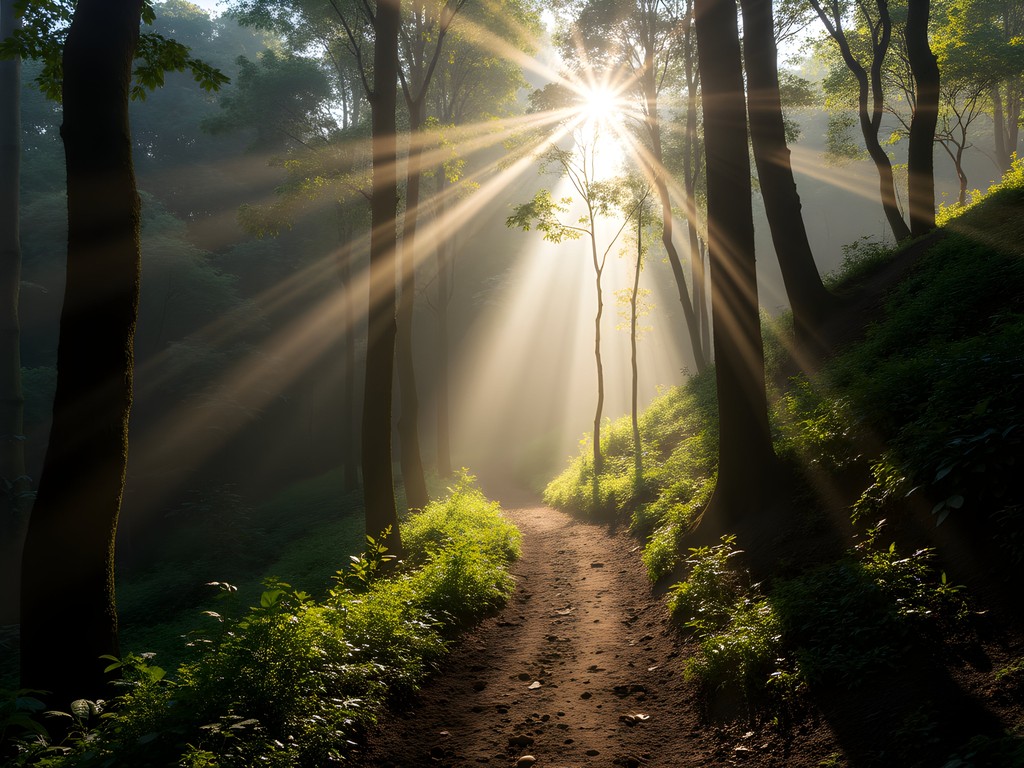
💡 Pro Tips
- Register online before visiting – spots are limited and fill quickly
- Bring a light jacket as the summit can be windy and significantly cooler
- The trail is muddy after rain – waterproof footwear is essential
Challenging Heights: The Three Peaks Circuit
For those seeking a proper challenge, the Three Peaks circuit (Los Tres Cerros) delivers a full day of serious hiking that would give many New Zealand tracks a run for their money. This route connects Cerro de Guadalupe, Cerro de Monserrate, and Cerro de La Cruz in one ambitious loop, offering constantly changing perspectives of the city below.
I tackled this 15-kilometer route on my third day in Bogota, perhaps a bit ambitiously considering the altitude. At 2,600+ meters above sea level, even the starting point has you breathing harder than usual. My decades in Sydney hadn't prepared me for the thin Andean air, and my hiking daypack felt twice as heavy as it should.
The circuit begins at the Universidad Distrital Francisco José de Caldas, winding up through increasingly wild terrain toward Guadalupe. This first peak, marked by its enormous white statue visible from much of Bogota, involves some scrambling near the top – nothing technical, but enough to keep your mind focused on hand placement rather than the growing drop below.
The traverse between peaks is where this hike truly shines. The ridgeline paths offer spectacular views in all directions – the sprawling city to one side and the vast expanse of the Andes to the other. The path narrows in sections, with enough exposure to give you that delightful tingle of adventure without genuine danger.
By the time I reached Monserrate (the second peak), I was grateful for the opportunity to refill water bottles and rest my legs at the sanctuary. The final push to La Cruz tested my endurance, but the sense of accomplishment upon completing the circuit was worth every labored breath and protesting knee joint.
A word of caution: while safer than in years past, this circuit passes through some isolated areas. I joined a local hiking group for this adventure – not just for safety, but for their knowledge of unmarked trail junctions and local flora. The Colombian hikers I met were delightfully surprised to find a British pensioner in their midst and took special care to point out plants with medicinal properties that their grandmothers had taught them about.
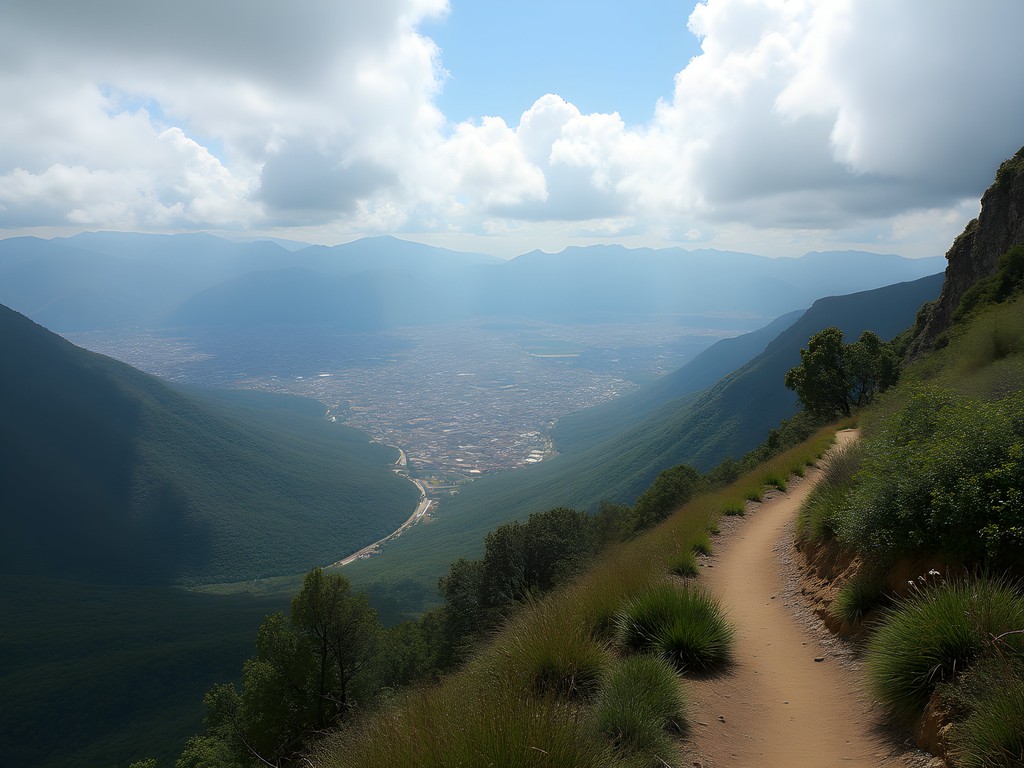
💡 Pro Tips
- Join an organized group for this hike – both for safety and navigation
- Start no later than 7 AM to ensure completion before dark
- Pack more water and snacks than you think necessary – the altitude increases consumption
Family-Friendly: Cerro de La Cruz and Ecological Parks
Not every hike needs to test your limits. For those traveling with groups of mixed abilities or looking for a gentler introduction to Bogota's elevation, Cerro de La Cruz offers accessible trails and rewarding views without the intensity of the other mountains.
The main path is well-maintained and considerably less steep than Monserrate, making it suitable for families and casual hikers. I spent a pleasant afternoon here, enjoying the more relaxed pace after my three peaks adventure the day before. My knees certainly appreciated the break! The trail winds through pine forests that aren't native to Colombia but provide welcome shade nonetheless.
What makes this area special is the series of connected ecological parks that surround the main trail. Parque Ecológico Matarredonda and Parque Entrenubes offer additional paths through different ecosystems, from high-altitude wetlands (páramos) to native cloud forests. These areas are actively being restored to their natural state, with interpretive signs explaining the ecological importance of each zone.
I met several multi-generational Colombian families enjoying Sunday outings here, with grandparents, parents, and children all participating at their own pace. It reminded me of the British tradition of Sunday walks, though with considerably more spectacular scenery than my childhood rambles around Liverpool parks.
For those traveling with groups, these gentler trails provide an excellent introduction to Andean ecosystems without requiring technical skills or exceptional fitness. They're also ideal for acclimatizing before attempting more challenging hikes, especially if you've just arrived from sea level as I had.
Don't forget to pack a proper lunch for these outings. Unlike Monserrate, there aren't restaurants at the top, just beautiful viewpoints where you can spread out a picnic blanket. I found a small local market near my accommodation where I stocked up on fresh bread, local cheese, and the most delicious avocados I've ever tasted – all for less than the price of a sandwich back in Sydney.
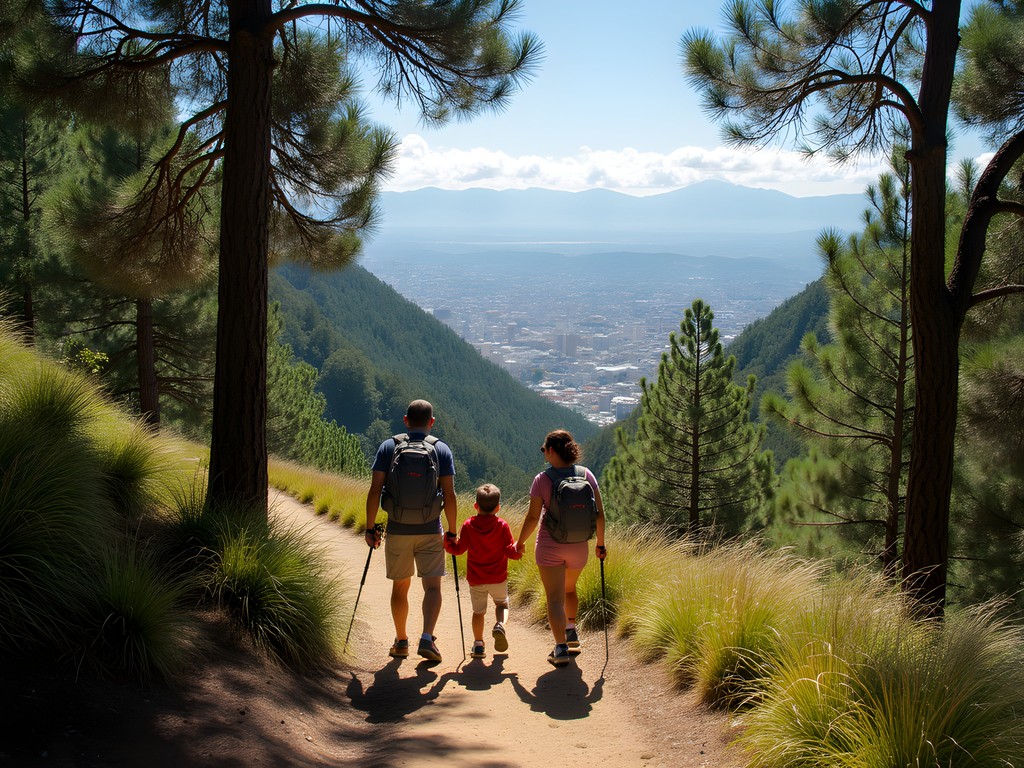
💡 Pro Tips
- Visit on weekdays if possible – weekends get crowded with local families
- Look for guided nature walks that focus on bird watching – Colombia has extraordinary avian diversity
- Bring binoculars to spot wildlife and get detailed views of distant parts of the city
Getting Around: A Bus Driver's Guide to Bogota's Transport
As a former bus driver, I can't help but assess every city's transportation system, and Bogota's is a fascinating study in contrasts. The TransMilenio bus rapid transit system is the city's backbone – a network of dedicated bus lanes with stations that function more like a metro system than traditional bus stops.
For reaching trailheads, however, you'll need to combine the main system with smaller feeder buses or taxis. To Monserrate, the easiest approach is taking the TransMilenio to Universidades station and walking the short distance to the funicular/teleférico station or the pilgrim's path entrance.
For Quebrada La Vieja, TransMilenio to Calle 85 station followed by either a 20-minute walk or a short taxi ride gets you to the trailhead. The Three Peaks circuit starting point near Universidad Distrital is accessible via TransMilenio to Bicentenario station plus a connecting bus.
A word about taxis: while generally safe, I recommend using ride-hailing apps rather than hailing cabs on the street. As someone who's driven professionally in two countries, I appreciate the tracking and accountability these services provide. Plus, not having to negotiate fares or explain destinations in my limited Spanish was a blessing.
For those planning multiple hikes, consider staying in Chapinero or La Candelaria neighborhoods. Both offer good access to transportation and plenty of affordable accommodation options. I stayed at a simple but comfortable hostel in Chapinero for about 20 pounds per night, with a shared kitchen that allowed me to prepare my own trail lunches.
One essential piece of gear that served me well was my money belt. While Bogota is much safer than its reputation from decades past, it's still wise to keep valuables concealed, especially when using public transportation during rush hours. Old habits from my bus driving days die hard – I've seen too many pickpockets in action to be complacent.
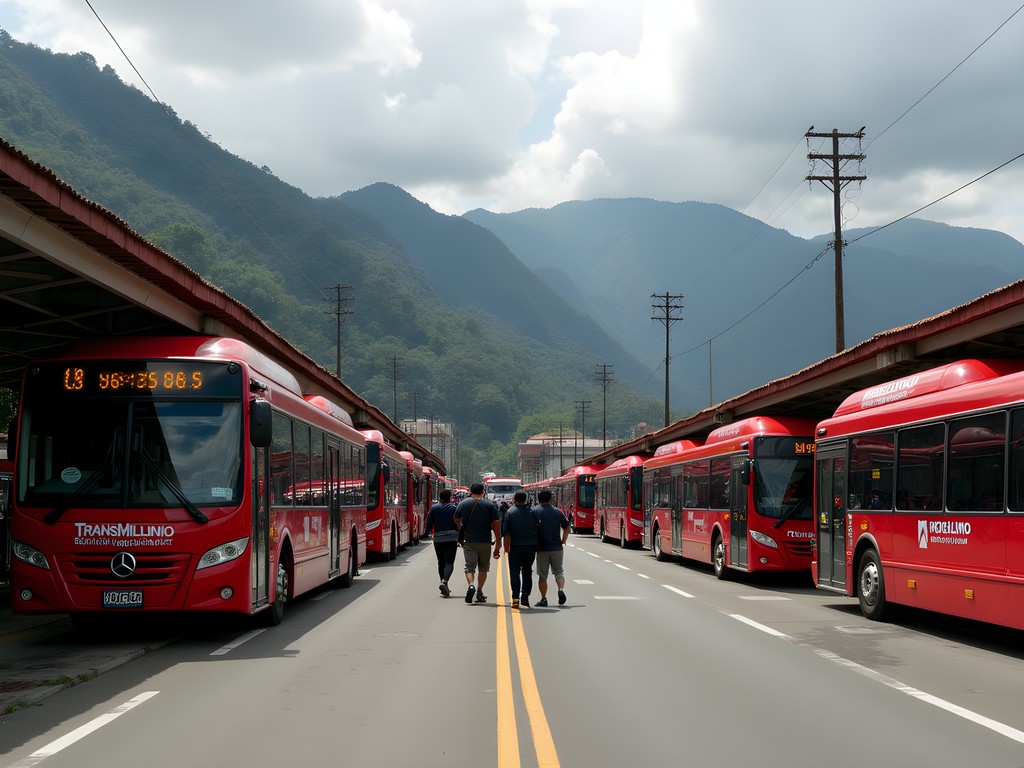
💡 Pro Tips
- Buy a TransMilenio card immediately upon arrival – it's essential for efficient movement around the city
- Allow extra time for transportation – Bogota's traffic is notoriously unpredictable
- For early morning hikes, arrange transportation the night before as services are limited before 5 AM
Final Thoughts
Bogota's mountains offer a remarkable contrast to the urban sprawl below – accessible wilderness that challenges, inspires, and refreshes. From the pilgrim's path of Monserrate to the wild ridgelines of the Three Peaks circuit, these trails provide world-class hiking experiences without world-class price tags. What struck me most was how these mountains serve as democratic spaces in an otherwise stratified city – on the trails, wealthy executives hike alongside students and laborers, all equally humbled by the climb and equally rewarded by the views. As I head back to Sydney, I carry with me not just memories of spectacular vistas, but of conversations with locals who shared their stories and their mountains with a curious old bus driver from Liverpool. The eastern peaks of Bogota may not feature prominently in international hiking guides, but perhaps that's their greatest charm – authentic adventures still exist for those willing to step off the tourist trail and lace up their boots.
✨ Key Takeaways
- Bogota offers accessible mountain hiking for all skill levels within the city limits
- Starting early is essential for both safety and avoiding crowds
- Local knowledge enhances the experience – join groups or hire guides for more challenging routes
- The city's mountains provide budget-friendly adventure with world-class views
📋 Practical Information
Best Time to Visit
March to May or September to November (dry seasons)
Budget Estimate
$40-60 USD per day including accommodation, food, and transportation
Recommended Duration
5-7 days to experience multiple trails
Difficulty Level
Easy To Challenging, Depending On Chosen Routes
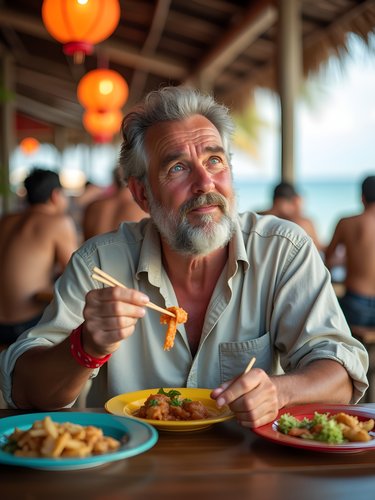







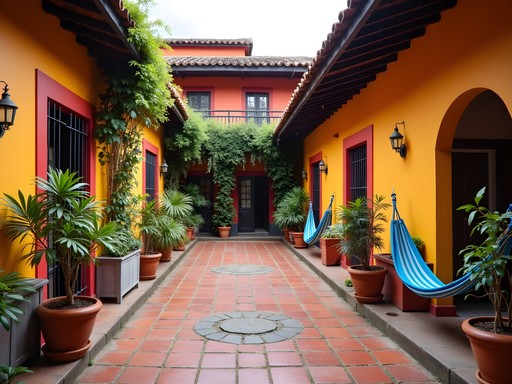

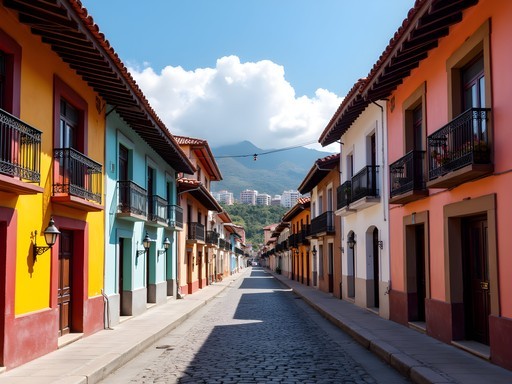
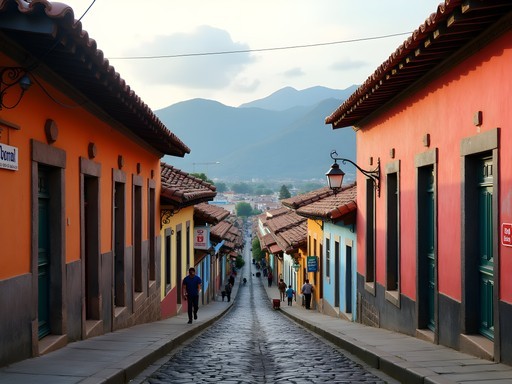


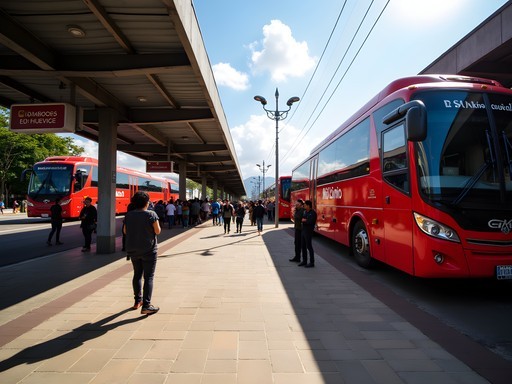

Comments
Savannah Walker
Hunter, your bus driver perspective on these trails adds such a unique dimension! I tackled the Three Peaks Circuit last month and it was every bit the challenge you described. Started at dawn and the morning light filtering through the cloud forest was otherworldly. The section between peaks two and three tested my endurance for sure, but those panoramic views of Bogota sprawling below made every step worth it. One thing I'd add - I went with a local guide named Carlos who pointed out medicinal plants and told fascinating stories about the indigenous history of the mountains. He completely transformed the experience! For anyone attempting this, the trail markers have improved a lot since Hunter's visit, but I'd still recommend downloading offline maps as cell service gets spotty up there.
ColombiaTraveler
Did Cerro de La Cruz with my kids (8 and 10) last month and it was perfect for a family hike! They struggled a bit near the end but the sense of accomplishment they felt was priceless. We packed plenty of snacks and water which helped keep spirits high. The ecological parks are also fantastic for kids - they loved spotting different birds and plants. Definitely bring layers though - we started in sunshine and ended in clouds!
FamilyAdventures
Thanks for sharing! Planning to take my 7-year-old twins when we visit. Did you need to arrange transportation back down or is it a loop trail?
ColombiaTraveler
It's not a loop, but there are always taxis waiting at the main entrance. We actually walked back down which the kids enjoyed even more than going up!
mountain_lover99
That photo of the sunrise from Monserrate is incredible! Worth the climb just for that view!
BogotaBound2026
Going to Bogota in January! Is it safe to hike Monserrate solo or should I join a group? Also, which ecological park would you recommend for someone with moderate hiking experience?
Hunter Bernard
Monserrate is generally safe on weekend mornings when it's busy with locals, but I'd recommend joining a group on weekdays. For moderate experience, try Parque Ecológico Matarredonda - beautiful trails and not too challenging!
freediver
Just a heads up for anyone planning the Monserrate hike - they've changed the opening hours recently. The trail now opens at 5:30am on weekends (not 5am as mentioned). Also, bring cash for the entrance fee as the card machine was down when we visited. The hike is still absolutely worth it though!
Hunter Bernard
Thanks for the update! I'll edit the post with this new information. How was the crowd situation when you went?
freediver
Busy by 8am on Saturday, but early morning was still peaceful. Sunday was much more crowded with locals all day.
Taylor Moreau
Excellent breakdown of Bogota's hiking options, Hunter. I visit Bogota quarterly for business and always make time for at least one trail. For those mixing business with pleasure, Quebrada La Vieja is perfect as it opens at 5am - you can hike and still make your 9am meeting! Just note they're strict about the 5-8am window and require pre-registration now. For serious hikers tackling the Three Peaks, proper footwear is essential given the variable terrain. My hiking boots have served me well on Bogota's often muddy trails.
hiking_newbie
Thanks for the tip about registration! Do you know where we need to register for Quebrada La Vieja? Going next month and definitely want to try this one.
Taylor Moreau
You can register through the 'Quebrada La Vieja' app or on the Bogota tourism website. Do it at least 48 hours in advance as spots fill quickly, especially on weekends!
wanderlustfan
Just got back from Bogota last week and Monserrate was definitely the highlight! We did the hike up early Sunday morning with all the locals - such a vibe! That Three Peaks Circuit you mentioned sounds intense though - is it really doable in one day? My knees were already screaming after just Monserrate lol. The view from the top was absolutely worth it though!
Hunter Bernard
Thanks for reading, wanderlustfan! The Three Peaks is definitely a full-day commitment. I'd recommend building up to it with Quebrada La Vieja first if Monserrate had your knees talking to you! Sunday mornings are magical up there, aren't they?
wanderlustfan
Totally magical! Wish I'd known about Quebrada La Vieja before my trip. Saving that for next time!
Riley Griffin
Hunter, your guide couldn't have come at a better time! We just returned from Bogota with our kids (9 and 12) and followed your recommendation for Cerro de La Cruz. What a perfect family hike! The kids were thrilled by the ecological activities at the park entrance, and the trail was just challenging enough to make them feel accomplished without any meltdowns. We even packed a picnic for the viewpoint halfway up. One tip for other families: we found that the kids hydration packs were absolutely essential for keeping the little ones hydrated at altitude without constant stops. The morning fog rolling through the mountains while we hiked made for some magical family photos too!
dreamqueen
Those sunrise photos from Monserrate are incredible! Adding this to my bucket list.
smartadventurer
Going to Bogota next month! Is the Three Peaks Circuit doable for someone who's in decent shape but not a hardcore hiker? I'm a bit nervous about the altitude.
exploreclimber
Not Hunter, but I did the Three Peaks last year. Definitely give yourself 2-3 days in Bogota first to adjust to the altitude. Bring plenty of water and take it slow. The views are worth the effort!
smartadventurer
Thanks for the advice! Will definitely plan for those adjustment days.
Venture X
Premium card with 2X miles, $300 travel credit, Priority Pass